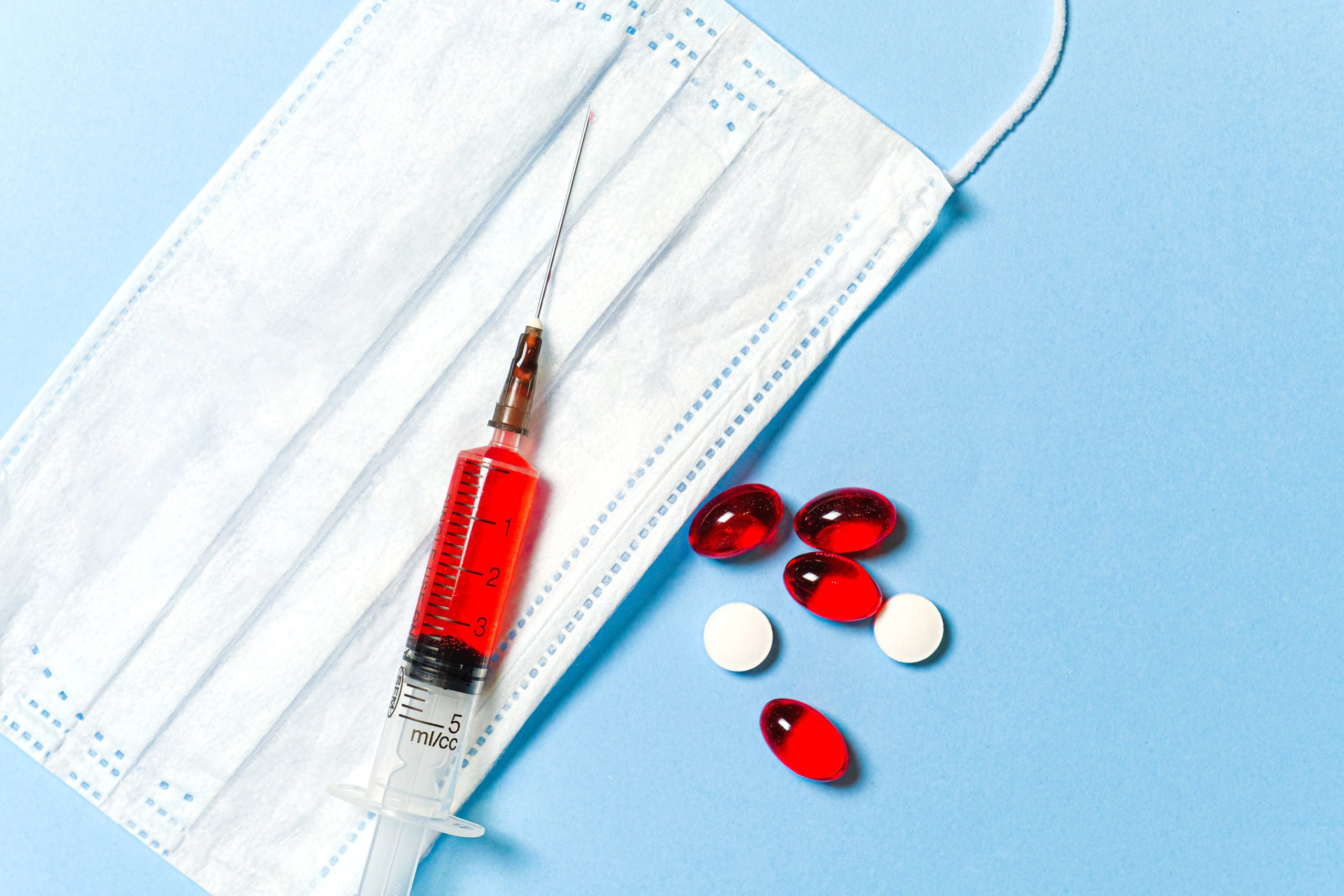Bridging The Gap

What is a vaccine and how is it developed?
April 22, 2020
We keep hearing that a vaccine for COVID-19 will take a year, or even 18-36 months, to be ready to prevent infection. To understand this timeline, we first need to understand some basics about vaccine development.
What is a vaccine?
A vaccine is a treatment called an antigen, designed to stimulate an immune response in humans against a pathogen (a virus or bacteria). Sometimes, the antigen is mixed with other molecules to enhance the immune response. A vaccine can be either an infectious virus or bacteria that has been weakened or attenuated so it won’t cause the disease, or proteins, nucleic acids, or other molecules that by themselves are not infectious.
Vaccines are meant to be preventatives, given to healthy individuals to allow the immune system to recognize and mount a response when it comes into contact with a pathogen, rather than therapeutics, given after a person gets the disease.
What are the standard steps in developing a vaccine?
Like any drug, a vaccine first needs to be designed. During the early stages, researchers identify a natural or synthetic antigen through various methods like attenuating the live virus or identifying a molecule that imitates part of the virus or bacteria. A vaccine will then be tested in steps to make sure it works and is safe. First up are assays in cells, to see that the vaccine does actually get into a cell and causes a proper immune response. A vaccine will next be tested in relevant animal models that replicate the disease. These tests suggest what the cellular response would be if given to a human, and help identify a dose and method of delivery that are safe and effective.
The proposed vaccine next needs to be tested in humans. First, the vaccine is tested in a small number of people to see if it’s safe in humans. Then the vaccine is tested in a larger group of people, in what’s called a Phase II trial, to investigate how the vaccine works biologically – is it safe and does it trigger the right immune response? Usually in that study, one or two doses of the vaccine will be tested. Finally, a Phase III trial is held with a large number of individuals – hundreds to thousands – to further confirm efficacy and safety.
Once a vaccine has successfully completed clinical trials and shown it works, a developer submits all data to FDA to apply for a license. FDA will examine the data and will then approve the vaccine to be used to prevent a disease.
So why does it take a vaccine so long to get to human use?
The design stage of developing a vaccine, manufacturing and testing in cells and animals can take 1-2 years, if all goes well. During this time researchers need to manufacture the vaccine and test it using strict guidelines. Vaccines should be tested in different animal models, if available (we’ll discuss animal models in a later blog). To get ready for clinical trials, manufacturing needs to be scaled up to produce enough supplies, also under very strict guidelines. Successive clinical trials need time to recruit patients, and need to wait long enough to see if the vaccine works and what side effects it may cause in humans. Typically, it takes 6-10 weeks to mount an immune response. Each clinical trial needs to be completed, analyzed, summarized, and submitted for review, before the study can move to the next stage. This can add years of development.
There are ways to fast track vaccine development, for instance during a pandemic like this one. Biotech companies Moderna and Inovio are testing their vaccines in animal models while simultaneously conducting clinical trials in humans. They and CanSino, which is also testing a vaccine in humans, have developed vaccines based on genetic material, which is faster to design than traditional vaccines based on weakened viruses. Collaborations between private companies, institutions and the government are pooling resources and funding for rapid manufacturing and testing.
However, delays during testing are commonplace, such as dosing issues or manufacturing holdups.
As vaccines are given to otherwise healthy individuals to prevent disease, they need to be especially safe, due to the lower level of acceptable risk inherent in any drug. This means vaccines must undergo extensive safety testing before and after they are approved.
As discussed in SPARK’s book, A Practical Guide to Drug Development in Academia, “Because vaccines are given to healthy individuals, because they are generally given only a few times during the life of an individual, and because of the prolonged regulatory pathway due to safety concerns as discussed above, they have frequently been perceived as providing a poor return on investment by drug developers.”
For a new virus hitting humans such as the novel coronavirus SARS-CoV-2, vaccines are being developed to prevent the disease as researchers are trying to develop drugs for use after a person has contracted the illness. Together the medicines can provide a robust strategy to fight COVID-19.
